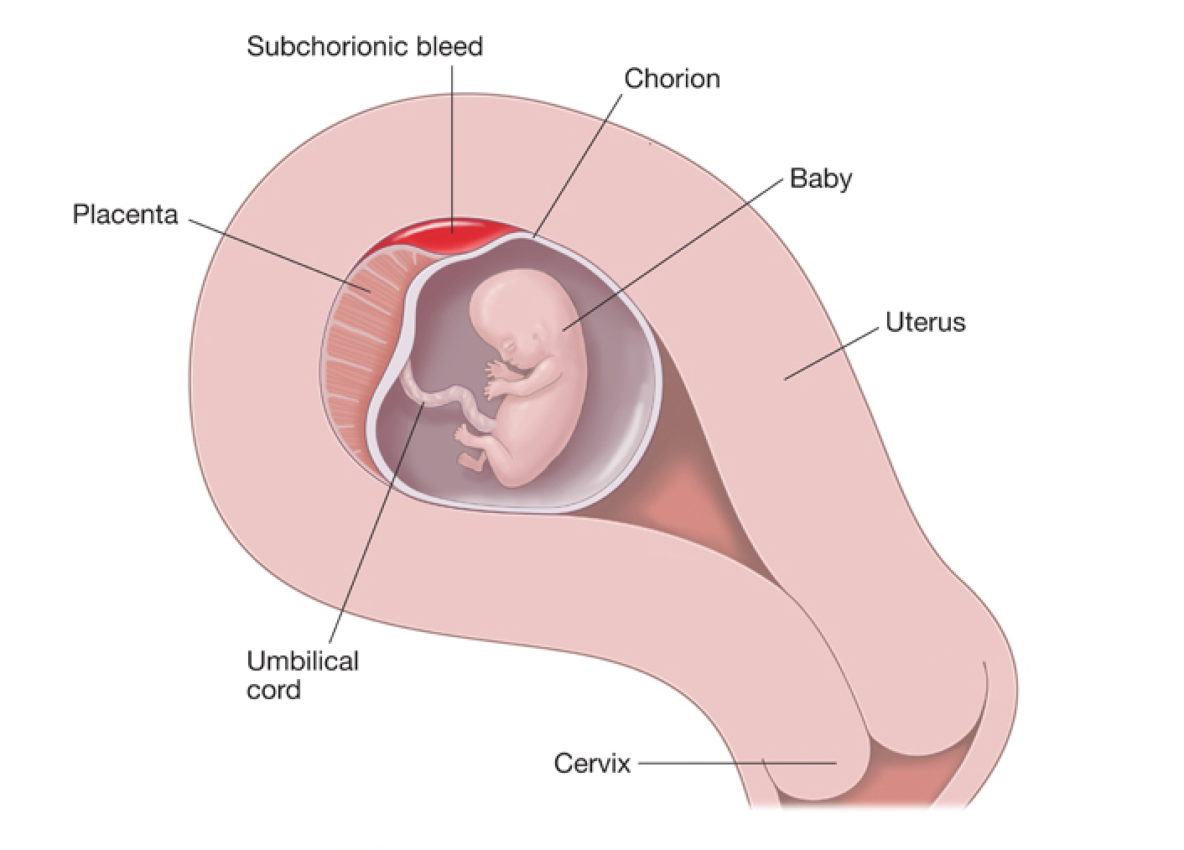Subchorionic hemorrhage is a common condition that occurs during pregnancy, especially in the early stages. It is a form of bleeding that occurs between the placenta and the uterus. Subchorionic hemorrhage can cause great concern for expectant mothers as they worry about the health of their unborn baby.
In this blog post, we will discuss what subchorionic hemorrhages are, how often they occur, their risk factors, and treatment options.
What is a subchorionic hemorrhage?
A subchorionic hemorrhage is a condition in which there is bleeding between the uterus and the placenta. The bleeding occurs due to the rupture of the blood vessels that surround the gestational sac. This results in the accumulation of blood between the placenta and the uterus.
How often do subchorionic hemorrhages occur?
Subchorionic hemorrhages are relatively common, occurring in about 1-3% of all pregnancies. They most commonly occur during the first trimester, and up to 25% of women with a subchorionic hemorrhage will experience bleeding during their pregnancy.
Risk factors for subchorionic hemorrhages
While the exact cause of subchorionic hemorrhages is not known, there are several risk factors that may increase the likelihood of developing this condition. These risk factors include:
- Previous miscarriage or pregnancy loss
- Advanced maternal age
- Smoking
- High blood pressure
- Placenta previa
- Assisted reproductive technology (ART)
Will having one subchorionic hemorrhage increase the risk of having another one?
Having one subchorionic hemorrhage does not necessarily mean that a woman will experience another one during a subsequent pregnancy. However, some women may be at a higher risk of developing subchorionic hemorrhages again, especially if they have experienced it in a previous pregnancy.
Can subchorionic hemorrhages cause a miscarriage?
While subchorionic hemorrhages can cause bleeding and be a cause for concern, they do not always result in a miscarriage. In fact, many women with subchorionic hemorrhages go on to have a successful pregnancy. However, the risk of miscarriage is higher for women who experience significant bleeding and those who have large subchorionic hematomas.
Treatment options for subchorionic hemorrhages
Unfortunately, there is little that can be done to prevent or treat subchorionic hemorrhages. In most cases, expectant management is recommended, which involves monitoring the pregnancy with regular ultrasounds to check for any changes in the size of the hematoma.
In some cases, bed rest or reduced activity may be recommended to help reduce the risk of further bleeding. In rare cases where the hemorrhage is large and causing significant bleeding or threatening the pregnancy, hospitalization may be necessary.
Conclusion
Subchorionic hemorrhages are a common condition that can occur during pregnancy. While they can be a cause for concern, they do not always result in a miscarriage, and many women with subchorionic hemorrhages go on to have successful pregnancies. Treatment options are limited, but expectant management with regular monitoring is often recommended. If you experience any vaginal bleeding during your pregnancy, it is important to contact your healthcare provider right away.

